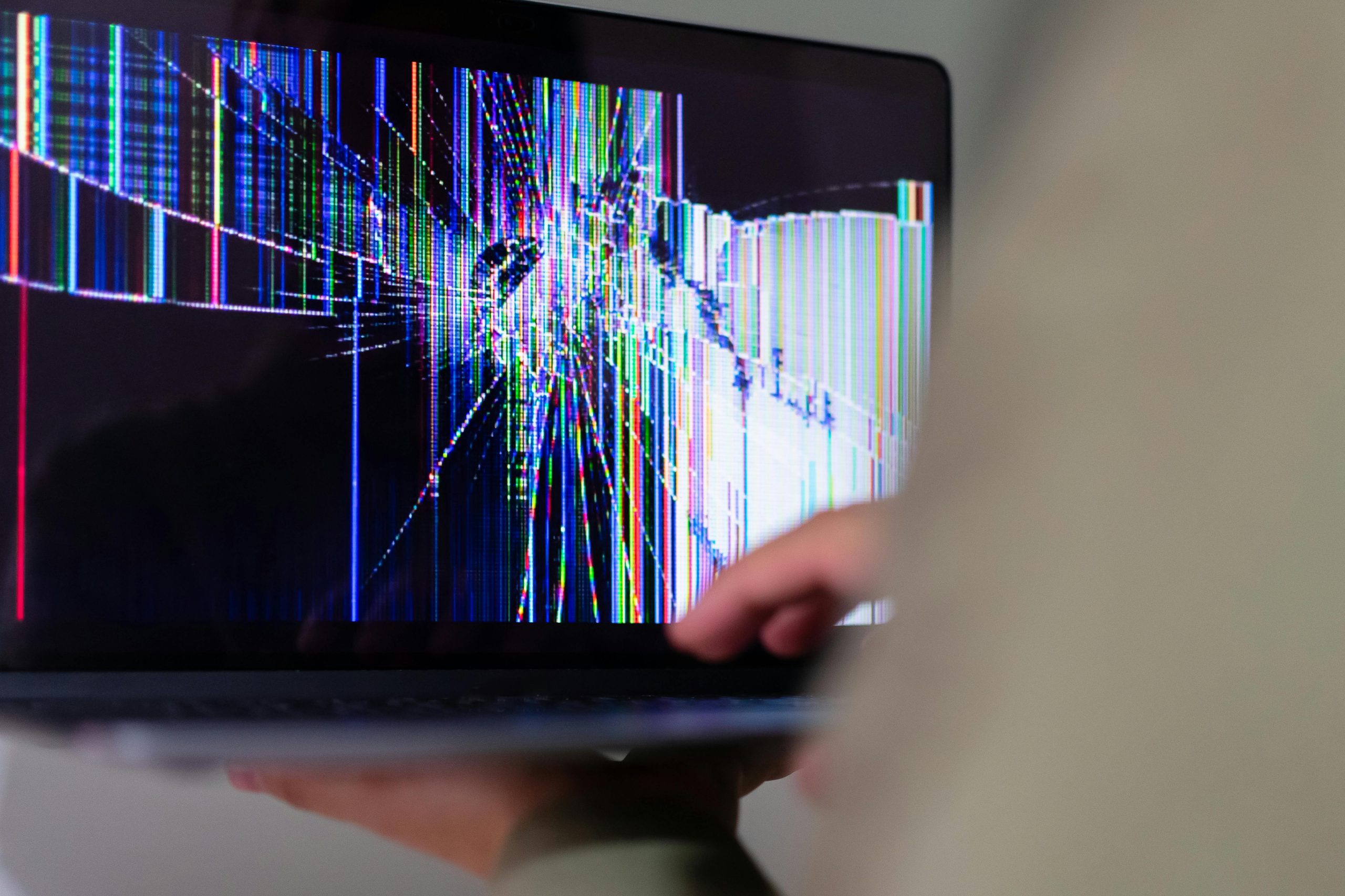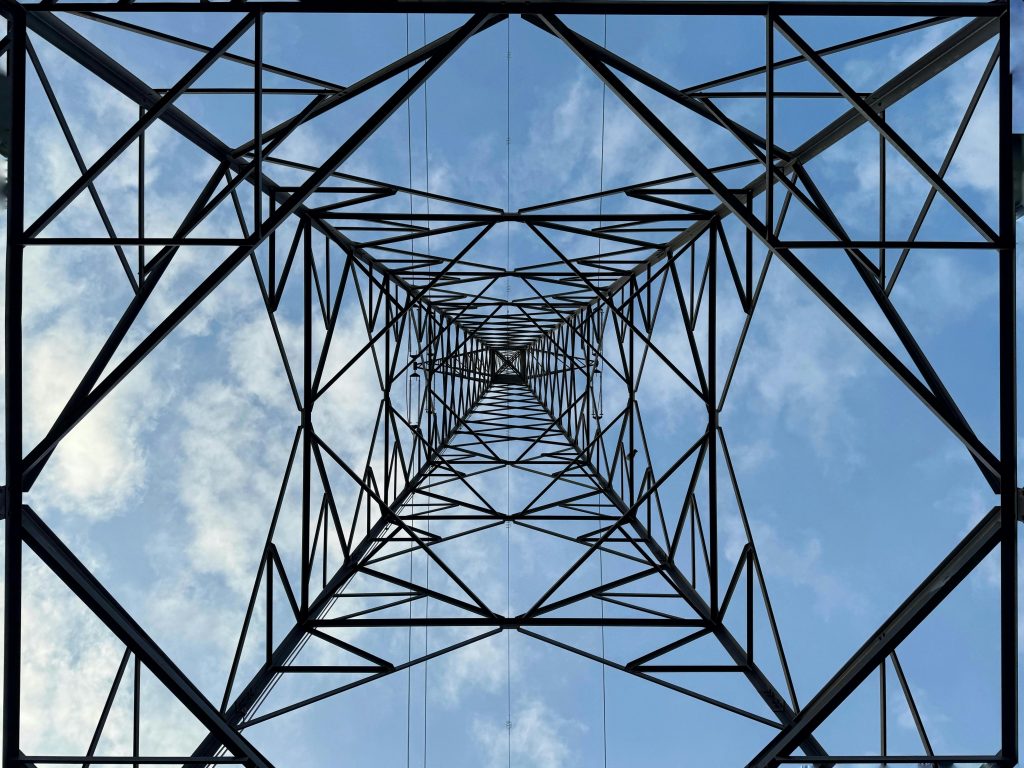Understanding and Resolving Laptop Lag After Installing an Internal HDD
Many users encounter performance issues after upgrading or modifying their laptop hardware. Recently, a user shared their experience of experiencing frequent system lag following the installation of an internal HDD. In this article, we’ll explore potential causes of such issues and outline effective solutions to restore optimal performance.
Scenario Overview
Initially, the user operated the HDD externally via a USB connection. Subsequently, they installed the HDD internally, utilizing an available hard drive bay within the laptop. Post-installation, they observed intermittent system freezes approximately every 2-3 seconds, accompanied by audio distortions. These symptoms suggest underlying hardware or configuration problems introduced during the upgrade.
Potential Causes of Post-Installation Lag
- Incorrect SATA Mode Configuration
Many laptops utilize BIOS or UEFI firmware settings to determine how storage controllers operate. If the SATA mode is set incorrectly—such as switching from AHCI to RAID or IDE—this can cause system instability or degraded performance.
- Driver Compatibility and Missing Drivers
Installing an internal HDD might require appropriate storage drivers. Missing or outdated drivers can lead to erratic system behavior, especially if the system defaults to incompatible driver settings.
- Power Supply and Cable Connections
Loose or faulty SATA or power cables can result in intermittent connectivity, causing the system to hang or freeze momentarily. Ensuring all connections are secure is essential.
- Hardware Compatibility or Defective Drive
A faulty HDD or incompatibility with the motherboard can lead to read/write errors, impacting overall system responsiveness.
- Resource Limitations or BIOS Issues
Insufficient system resources or BIOS misconfigurations might contribute to performance issues, especially if the drive is not recognized correctly during boot or operation.
Troubleshooting Steps and Recommendations
- Revert to External HDD Setup as a Baseline
To determine if the internal installation is the root cause, temporarily disconnect the internal drive and operate with the external USB HDD. If performance stabilizes, the issue is likely related to the internal drive setup.
- Check BIOS/UEFI Settings
Access your system BIOS/UEFI and verify the SATA Mode. Ideally, it should be set to AHCI for optimal SSD/HDD performance. Adjust if necessary, but proceed cautiously and consult your laptop’s manual.
- Update or Reinstall Storage Drivers
Visit your laptop or motherboard manufacturer’s support website to download the latest storage controller drivers. Installing up
Share this content:



